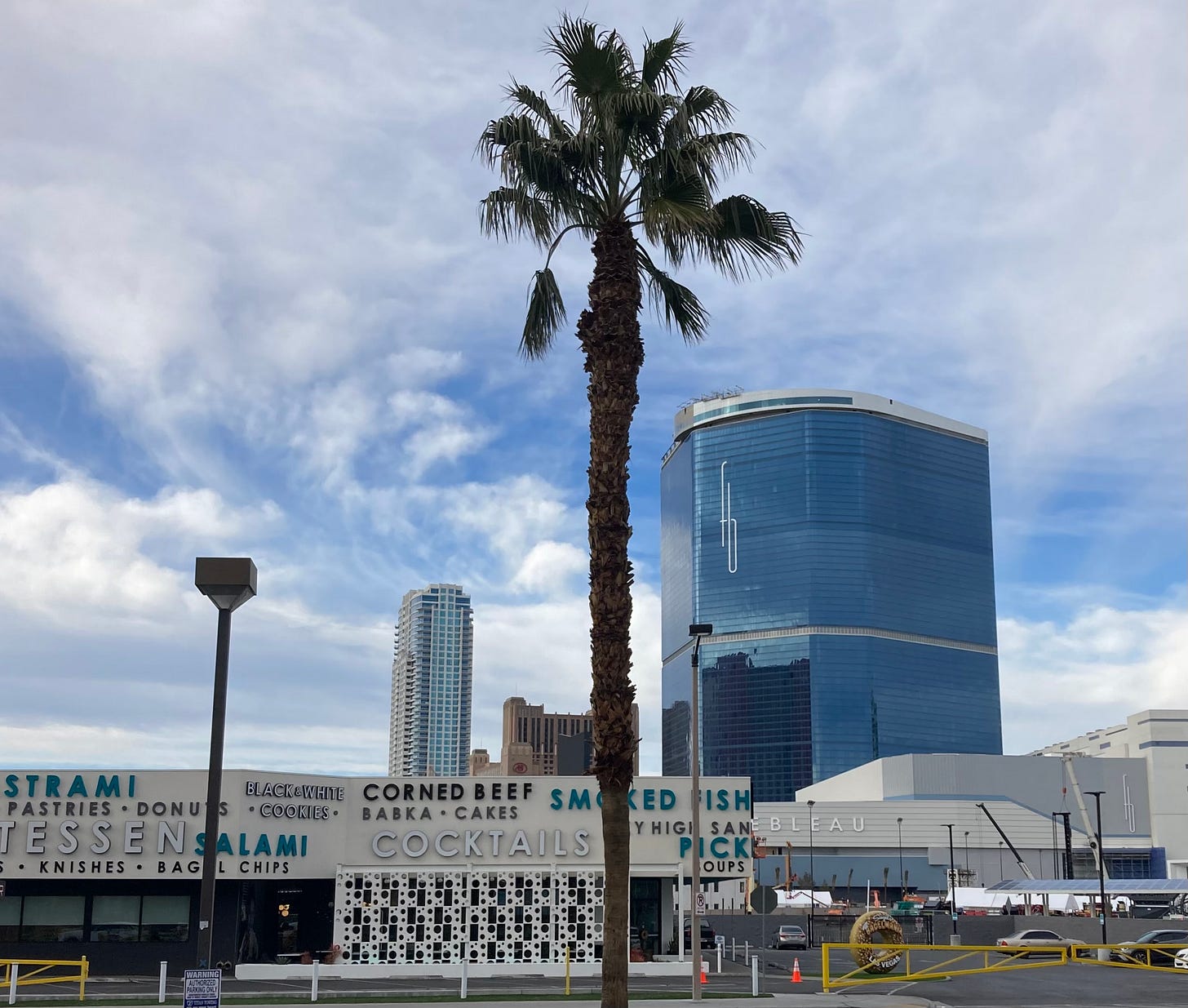Western tourism suffers a Trump-slump
Also: Drying continues, and study says there's no end in sight

Last month I took a look at national park visitation numbers for the first half of the year to try to get a sense of how a drop in international travelers is affe…


